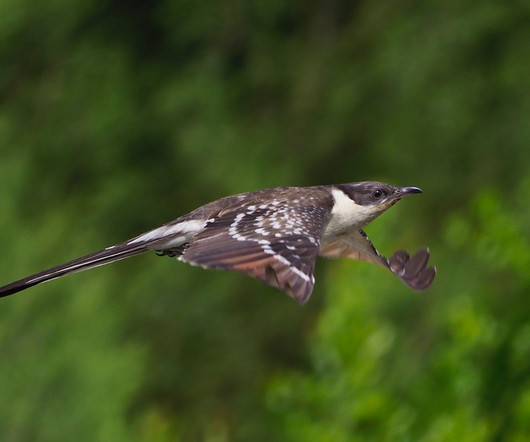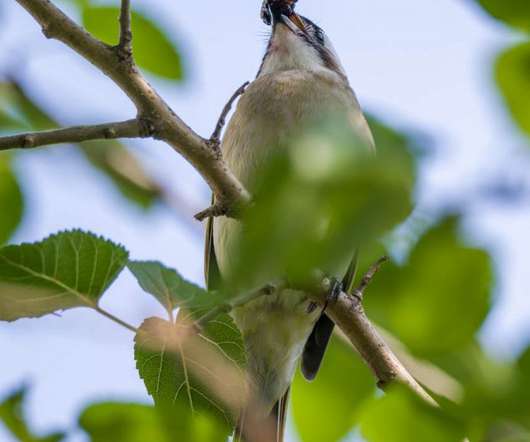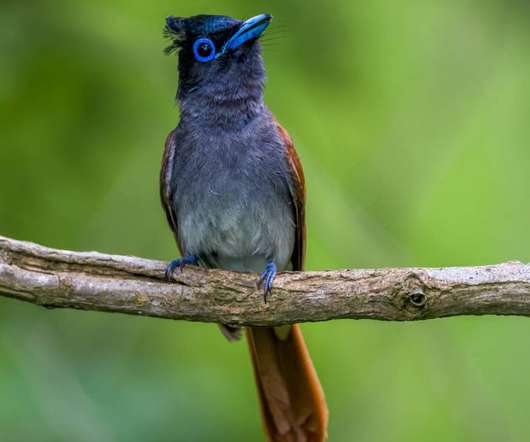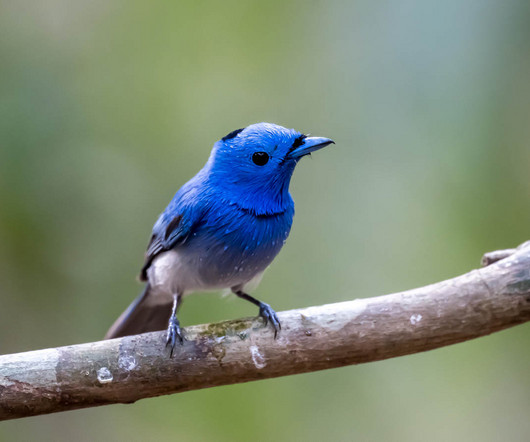Endangered and Unknown: Black-hooded Antwren
10,000 Birds
OCTOBER 23, 2015
However, there are those species which have a hard time bringing attention to themselves such as Yellow-shouldered Blackbird , Giant Nuthatch , and Vinaceous-breasted Parrot. Regardless of their popularity, these species and the threatened ecosystems they inhabit are equally spectacular.




















Let's personalize your content